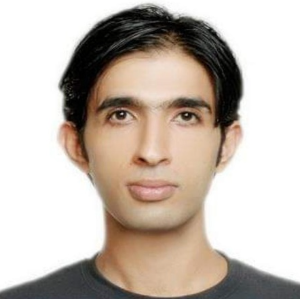Title : Optimal duration for recording pediatric EEG: An observational study
Abstract:
Objective
To evaluate optimal duration for recording pediatric EEG in outpatient settings for children and adolescents aged 1month-18years.
Methods
Setting: Outpatient EEG Laboratory at Department of Pediatrics at a tertiary care teaching centre in north India.
Exclusion criteria: Epileptic encephalopathy, non-epileptic indications, seizures within last 24 hours and critical sickness
Two categories of protocols
- Category A (awake record with activation procedures followed by sleep, 60 minutes)
- Category B (55 minutes sleep followed by 5 minutes awake, younger children and those with impaired cognition who cannot undergo detailed awake study)
Prospective EEG reporting at 20, 30, 40, 50 and 60minute time-points with no retrospective changes allowed at previous time-points.
Results:
Population: 225 cases (category A, n=163, 140.6+/-38.7 months and B, n=62, 90.1+/-48.5 months) with 65% males.
Indications: Tapering antiseizure medications (54.2%), Diagnostic (35.1%) and breakthrough seizures (10.7%).
- Indication-wise (Category A, B): Tapering (85.3%, 77.8%), Diagnostic (68.4%, 95.5%) and Breakthrough seizures (72.7 %, 76.9%)
- Diagnosis-wise (Category A, B): Generalised non-structural (90.9%, 100%), generalised structural (100% in both), focal non-structural (71%, 85.7%), and focal structural (77.5%, 66.7%) epilepsy
- Awake with and without sleep in category A: With sleep (55%), only awake (81%) (p=0.03)
Conclusions:
Considerable number of EEGs can achieve correct diagnosis within 20 minutes. Recording beyond 20 minutes with sleep is particularly beneficial in newly diagnosed epilepsies, more so for focal epilepsies. If awake recording is extended beyond 20 minutes, inclusion of sleep improves yield of the EEG record.
Audience Take Away
- Explain how the audience will be able to use what they learn -To know the optimum duration of EEG in busy OPD in pediatric age group .
- How will this help the audience in their job -It will save time as if once we know the optimum duration, we can plan EEG according to indication of EEG .
- Is this research that other faculty could use to expand their research or teaching -Yes
- Does this provide a practical solution to a problem that could simplify or make a designer’s job more efficient –Yes as there is no consensus on duration of EEG in pediatric age group and maximum studies opted heterogenous population.
- Will it improve the accuracy of a design, or provide new information to assist in a design problem -Yes




